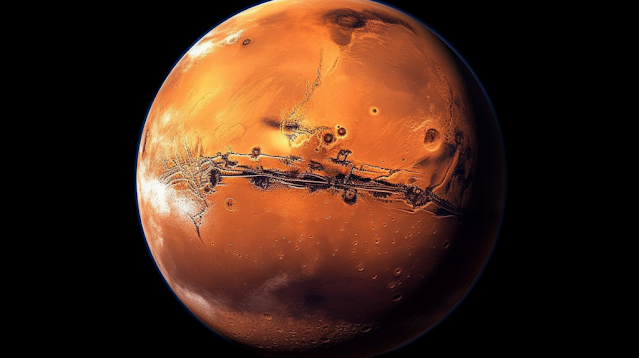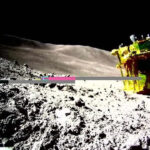According to a recently published research paper, Mars has been deemed unfit for human habitation. The authors are world-renowned academics.
Revealing the safety concerns of long-term missions to Mars
The fourth planet from the Sun and closest planetary neighbor, Mars, has long aroused the curiosity of both space fans and scientists. However, a new study has come to the unexpected conclusion that long-term human presence on Mars is risky.
Four-year limit: Mars declared unsafe for humans
An international consortium of space scientists recently published a report describing the harm posed by particle radiation on Mars. According to their research, a stay on the Red Planet of more than four years would expose people to safe levels of radiation. Radiation threats include particles from the Sun, distant stars, and galaxies, against which the Earth’s magnetosphere normally protects people. A team of space scientists has declared Mars dangerous for human habitation.
The dangers of prolonged exposure to radiation
Scientists have clarified that an extended four-year journey to Mars would expose astronauts to extremely high radiation exposure, primarily from extrasolar sources. This discovery is based on collaborative research by multiple prestigious universities, including GFZ Potsdam, UCLA, MIT and the Skolkovo Institute of Science and Technology in Moscow.
Solar maximum: a protective shield in space
The research, written in the journal Space Weather, offers exact recommendations on the best times to launch a future trip to Mars. Interestingly, the Sun can shield would-be Mars explorers from the harshest radiation. Ideally, the project should be launched during solar maximum, a period of peak solar activity during which intense solar activity deflects harmful particles from distant galaxies.
Mission viability despite challenges
The study believes that a human mission to Mars is still feasible despite radiation restrictions on spacecraft weight and launch time, as well as emerging technological challenges. The only way to protect Mars astronauts from the inherent risks of space radiation is to respect the four-year safety limit.
The race to Mars: a global effort
This new study will be essential in helping space agencies determine the precise timeline for their journeys to Mars, especially in light of China’s announcement in June that it intends to send the first humans to Mars in the 2030s and that SpaceX’s Mars-bound spacecraft are fully completed and ready for flight. As these early missions come together, we move closer to becoming a spacefaring society.
Luxury in space: preparing for human habitation
Although people are not permitted to stay on Mars for more than four years, attempts are being made to make short-term space travel comfortable and opulent. Hilton Hotels, a renowned provider of luxury hospitality on Earth, has collaborated with Lockheed Martin, Nanoracks and Voyager Space to create crew quarters and hospitality suites for Starlab, a commercial space station scheduled to launch in 2027. The program demonstrates Voyager Space’s dedication to the growing space travel industry.
The future of Mars exploration: a balance between risk and reward
The fact that Mars is now considered dangerous for prolonged human visits presents a significant barrier to long-term colonization aspirations. But Mars exploration is not over yet, despite these new discoveries. Rather, they offer a roadmap for safely organizing and carrying out missions within the allotted four years. As we continue to push the boundaries of human presence in space, future Mars exploration will need to strike a careful balance between risk and return.
The goal of becoming an interplanetary species endures despite the obstacles. The secret is to recognize the dangers, adapt and continue on the journey to discover the final frontier.
Declared dangerous for humans, Mars has been uninhabitable for more than four years.



